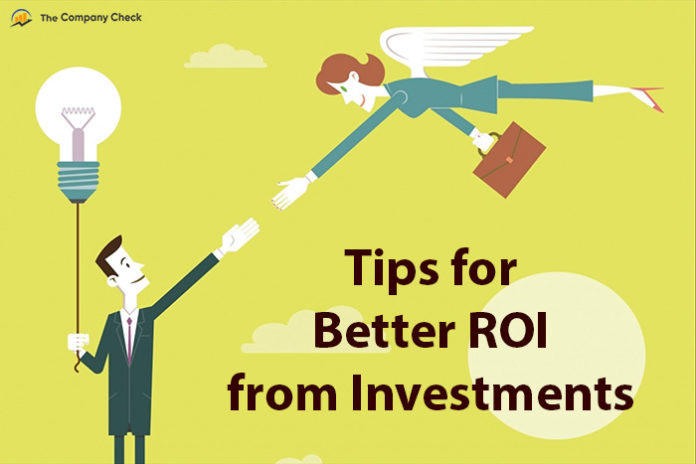A common question running along the minds of most new angel investors is what kind of ROI should be expected from investments?
Investing in a startup is very different from investing in the public market. Long term investments for 6-8 years can land you with the best ROI despite having many aces in your portfolio. The key to better ROI is diversification and uncorrelated returns for a well-balanced portfolio.
Here are three key points to keep in mind while formulating educated expectations on ROI of startup investments.
Get in early
Primarily, choose startups that are still in their early stages. Preferable ones would be those that have built something really good but users have not recognised it yet or those that are a few sprints away from a big hit in the market. Seed investment opportunities should be considered based on the market opportunity, ability to create a niche market and the product team itself.
Identify early indicators of success
Startups are not large scale corporations, so judging their success using the same parameters would be ridiculous. Instead, you can use the hypotheses the startup has formed and the data they have collected to either validate or invalidate those hypotheses. This help you as an investor to understand the progress made to date and the method used to figure out the product/market fit.
Diversification, High Returns, and Low Correlation to Traditional Asset Classes
Higher returns can be realized due to the fact that there is a low correlation between alternative asset classes, such as private companies, and traditional asset classes, such as the stock market and fixed income. The benefits of low correlation and diversification, and potential for large returns can be applicable for early-stage startup investments.



